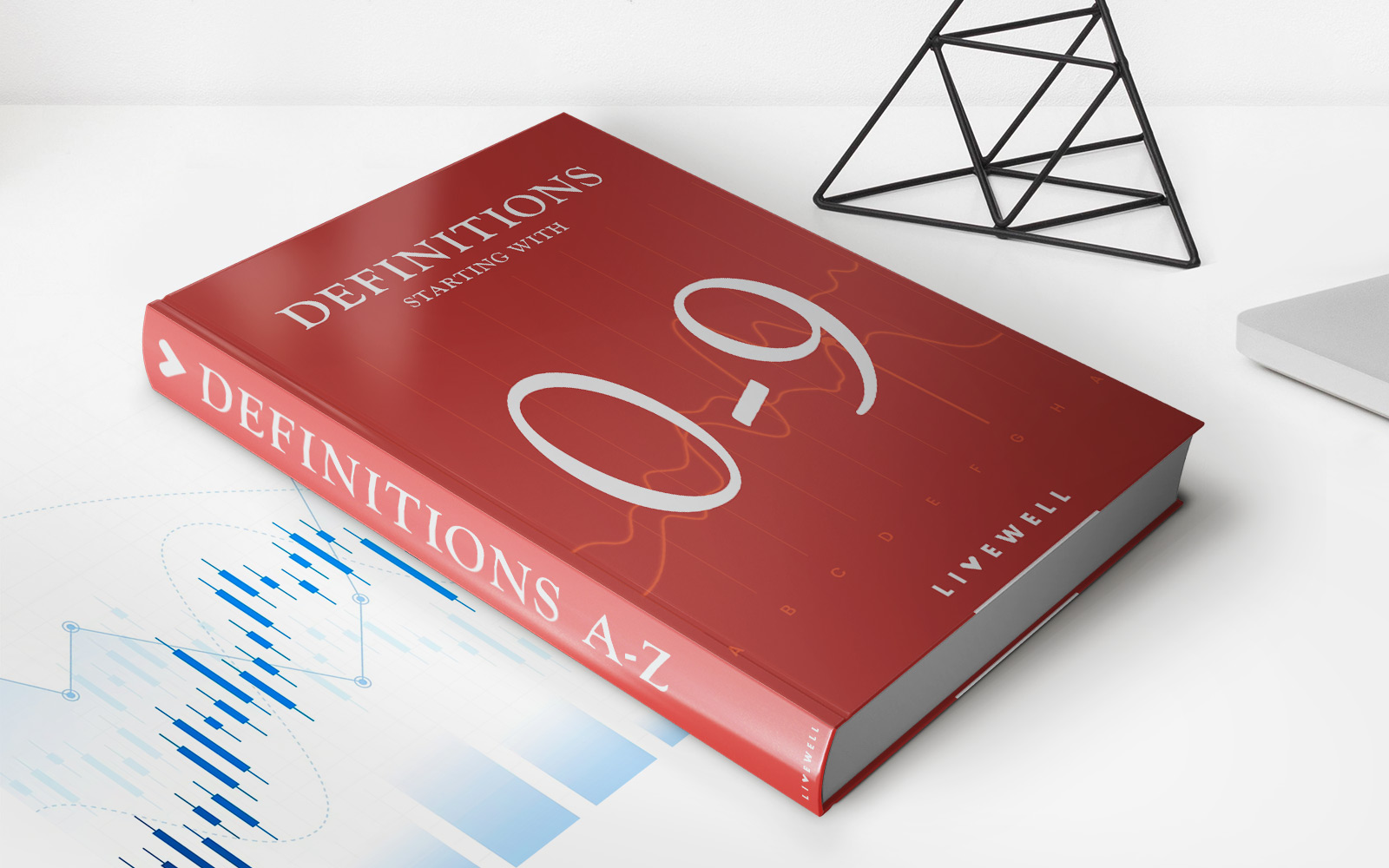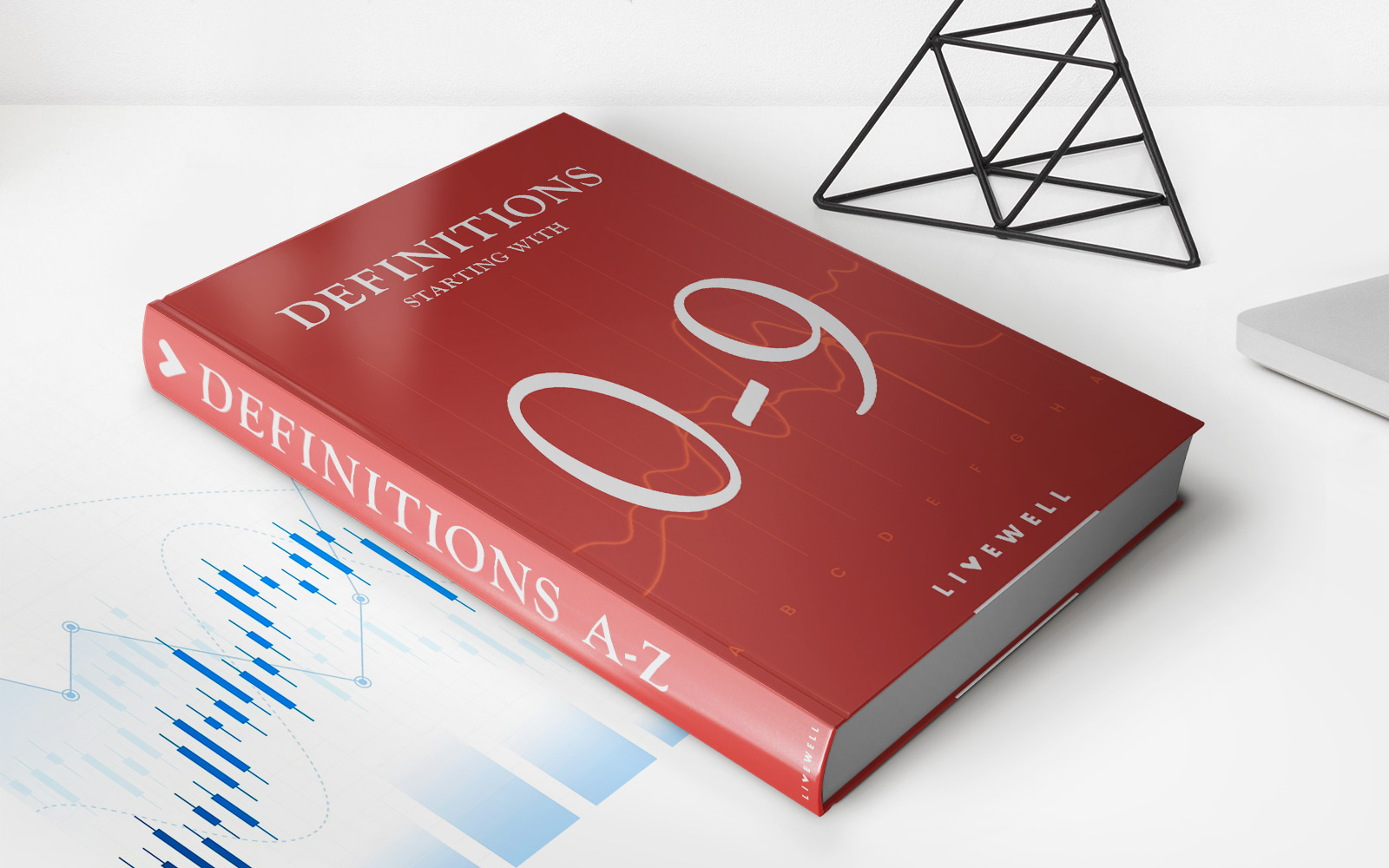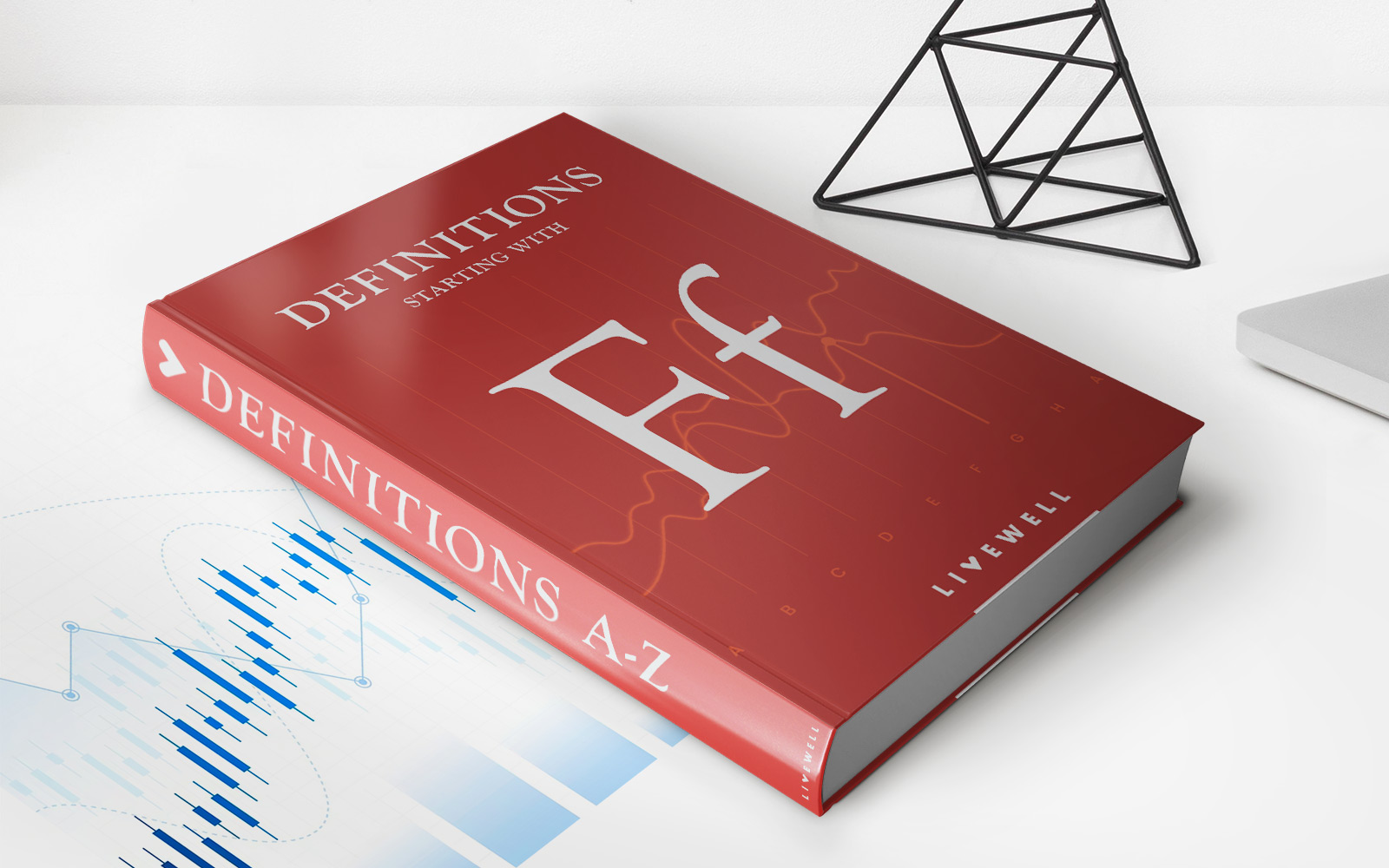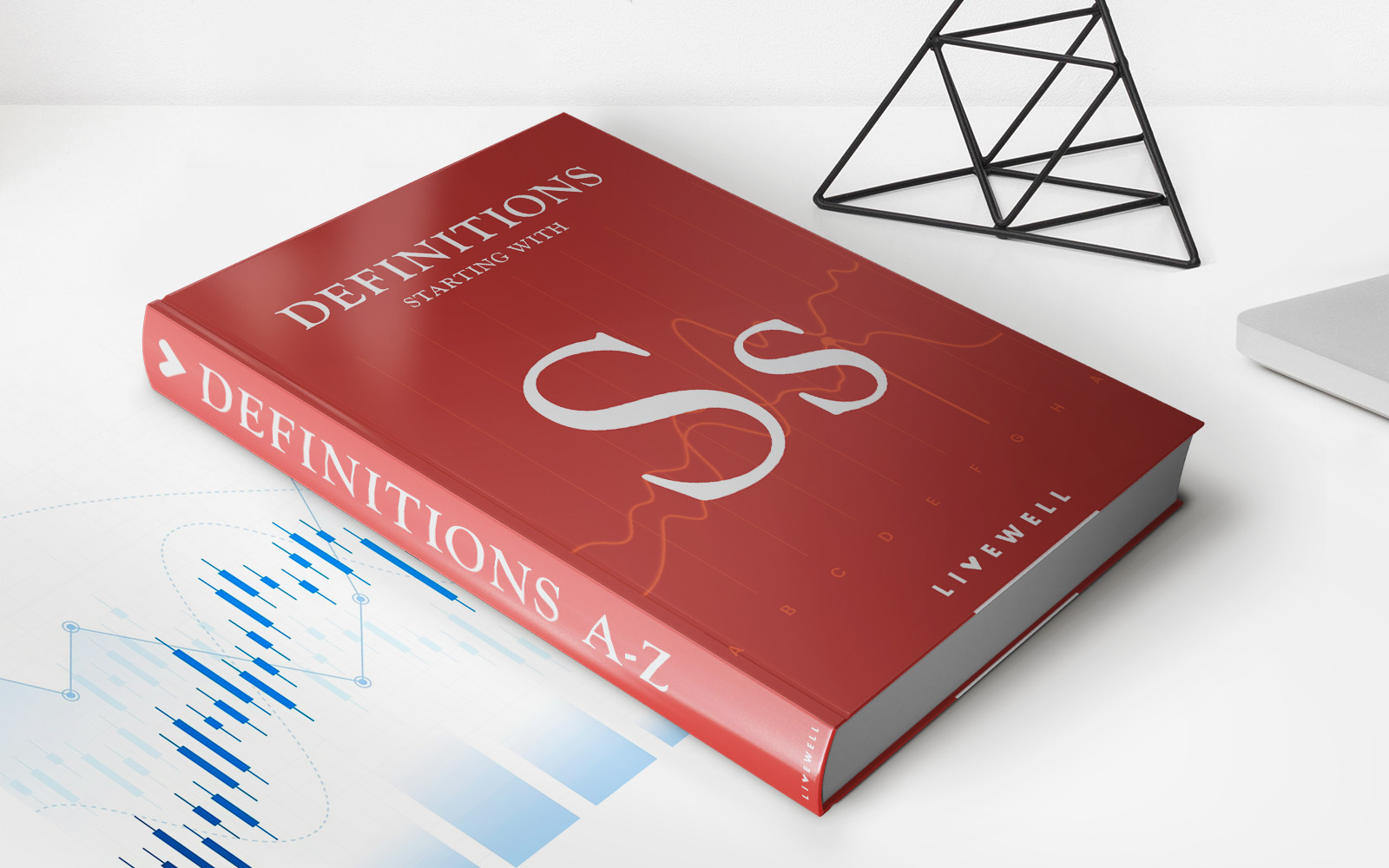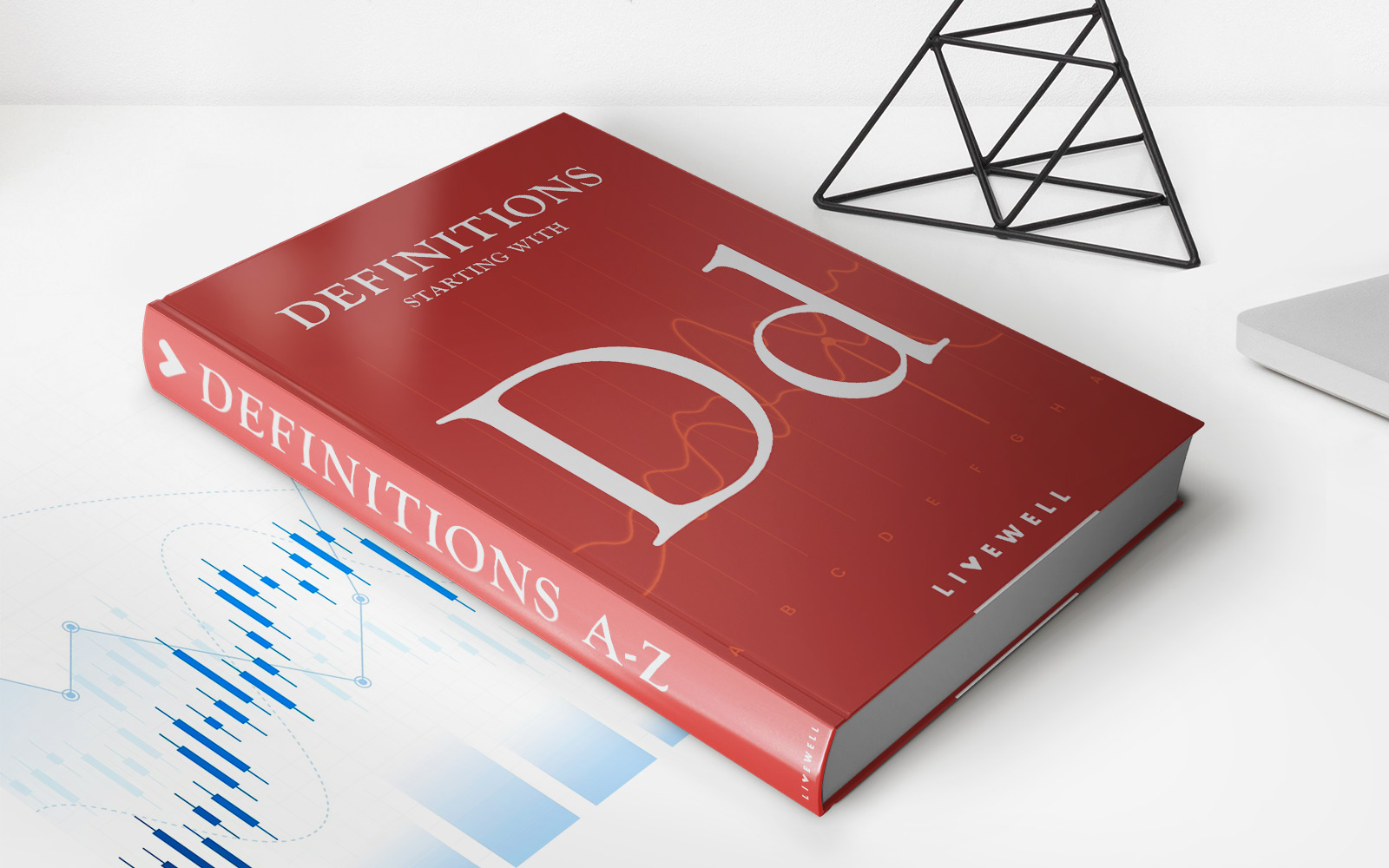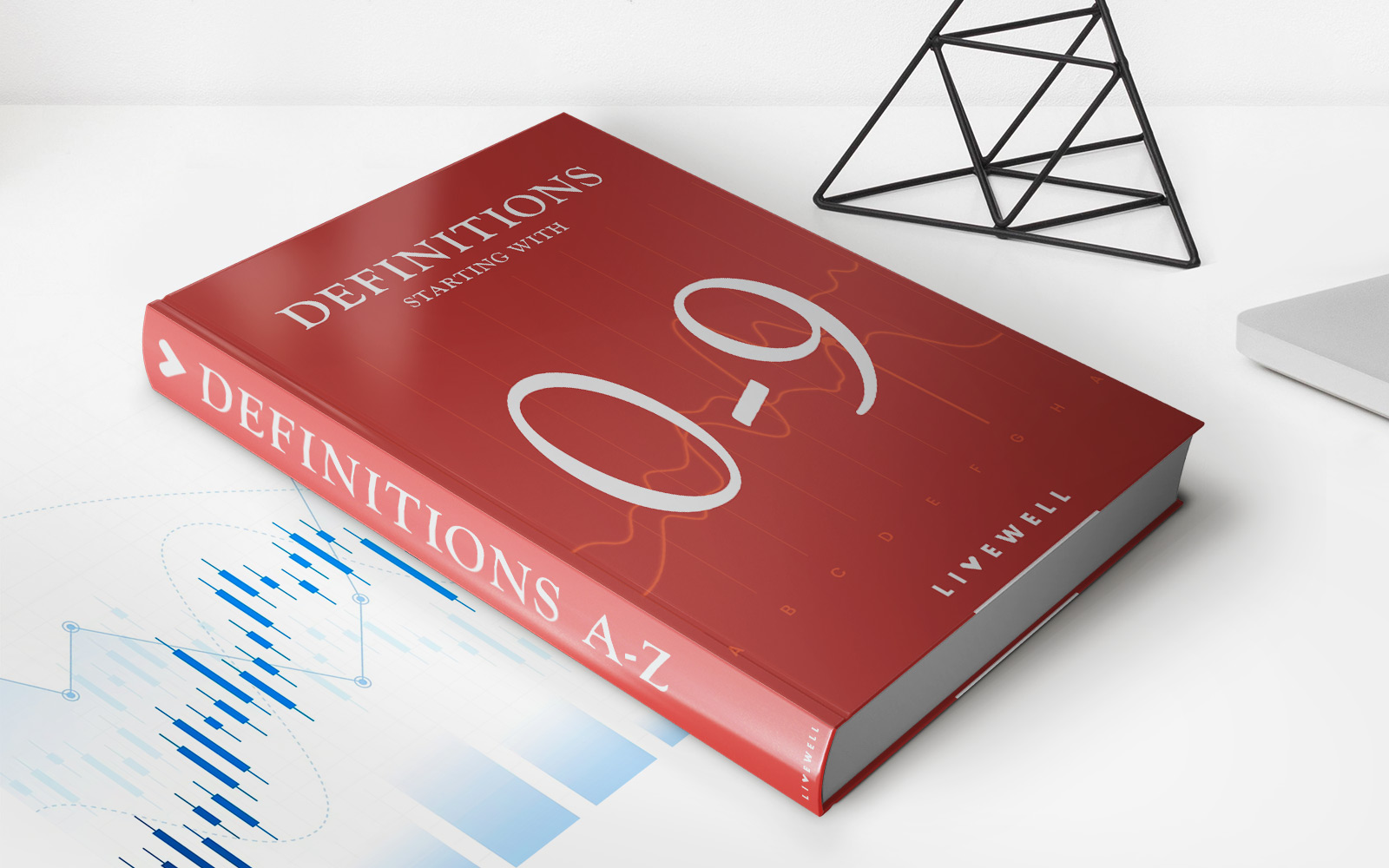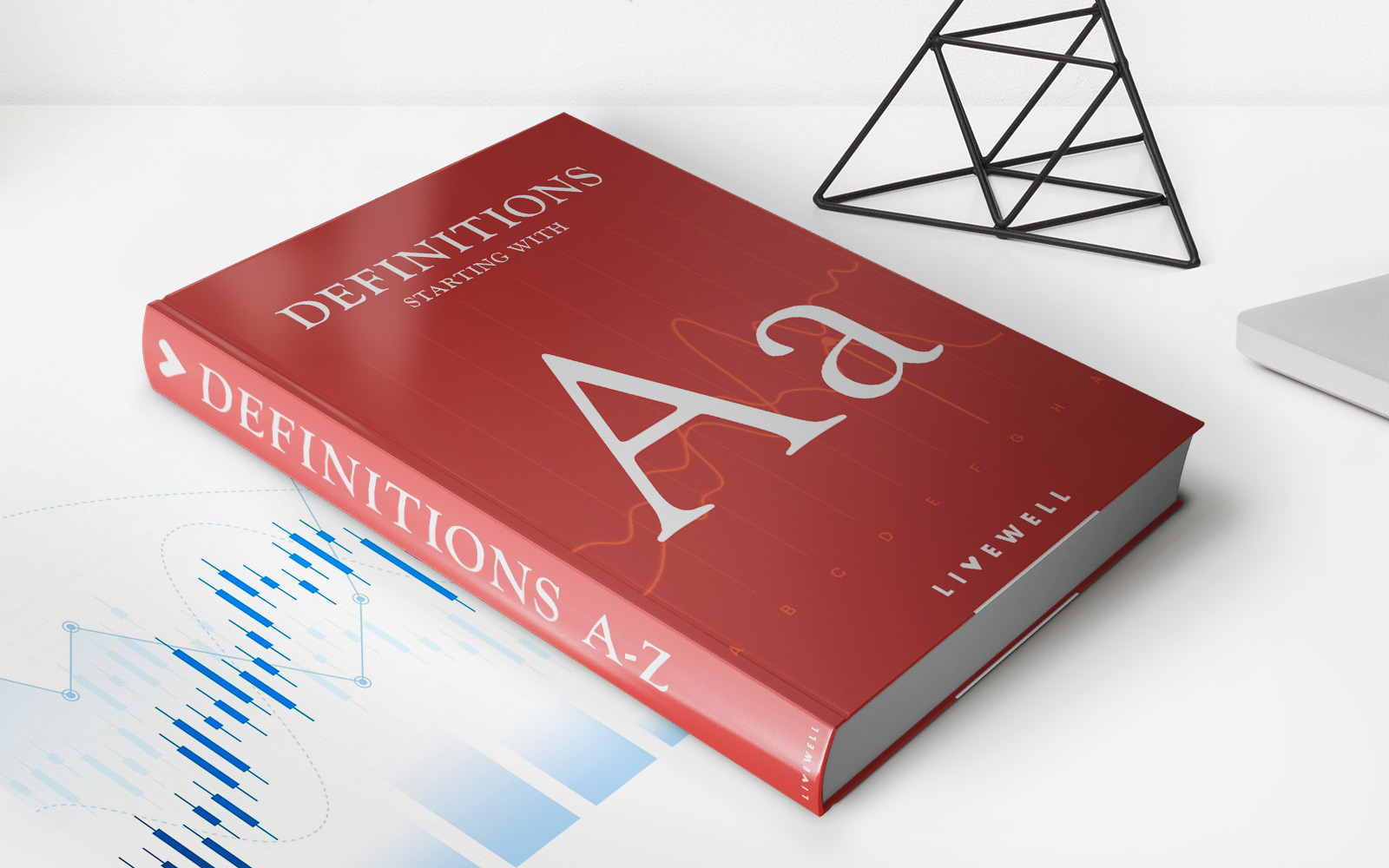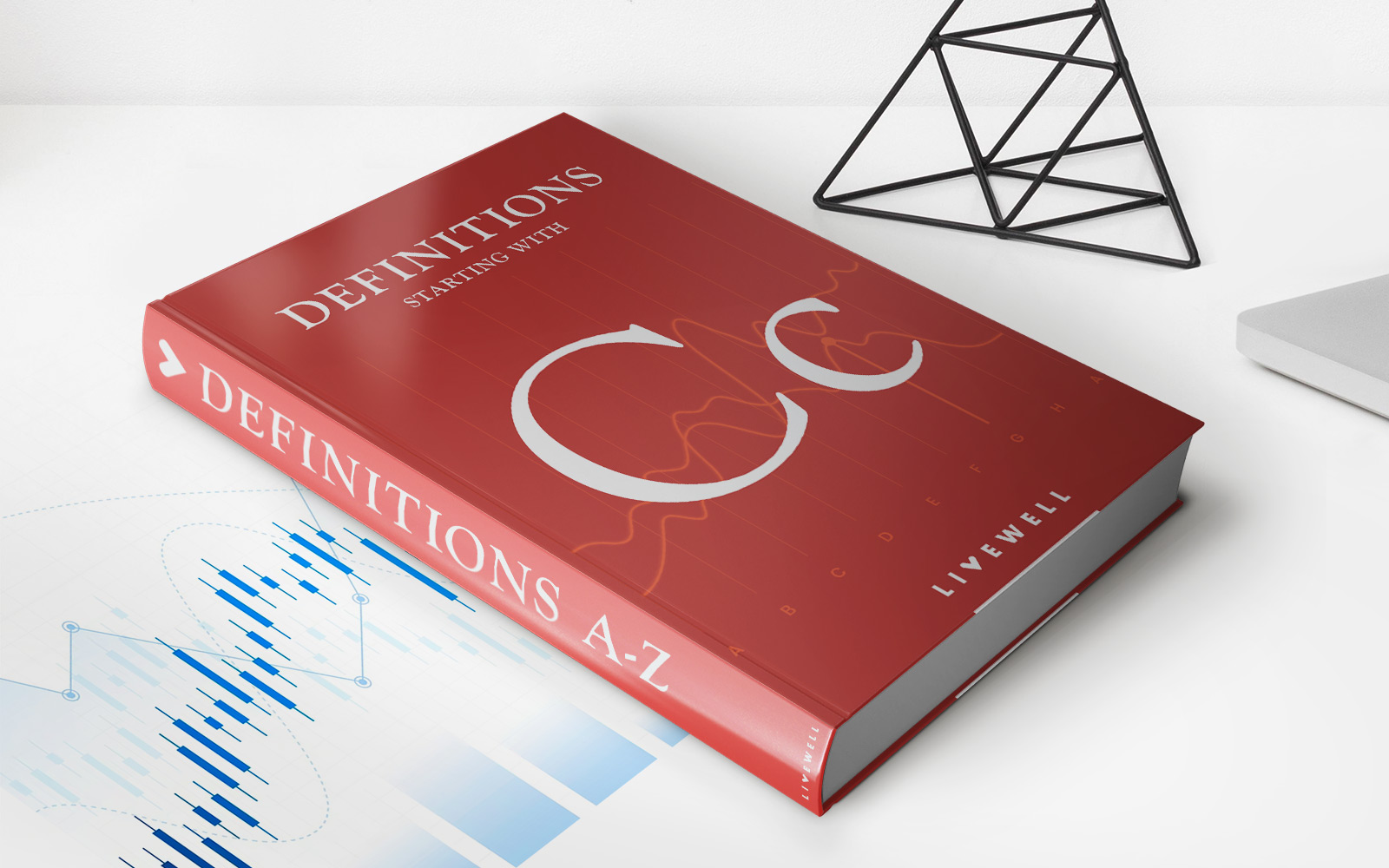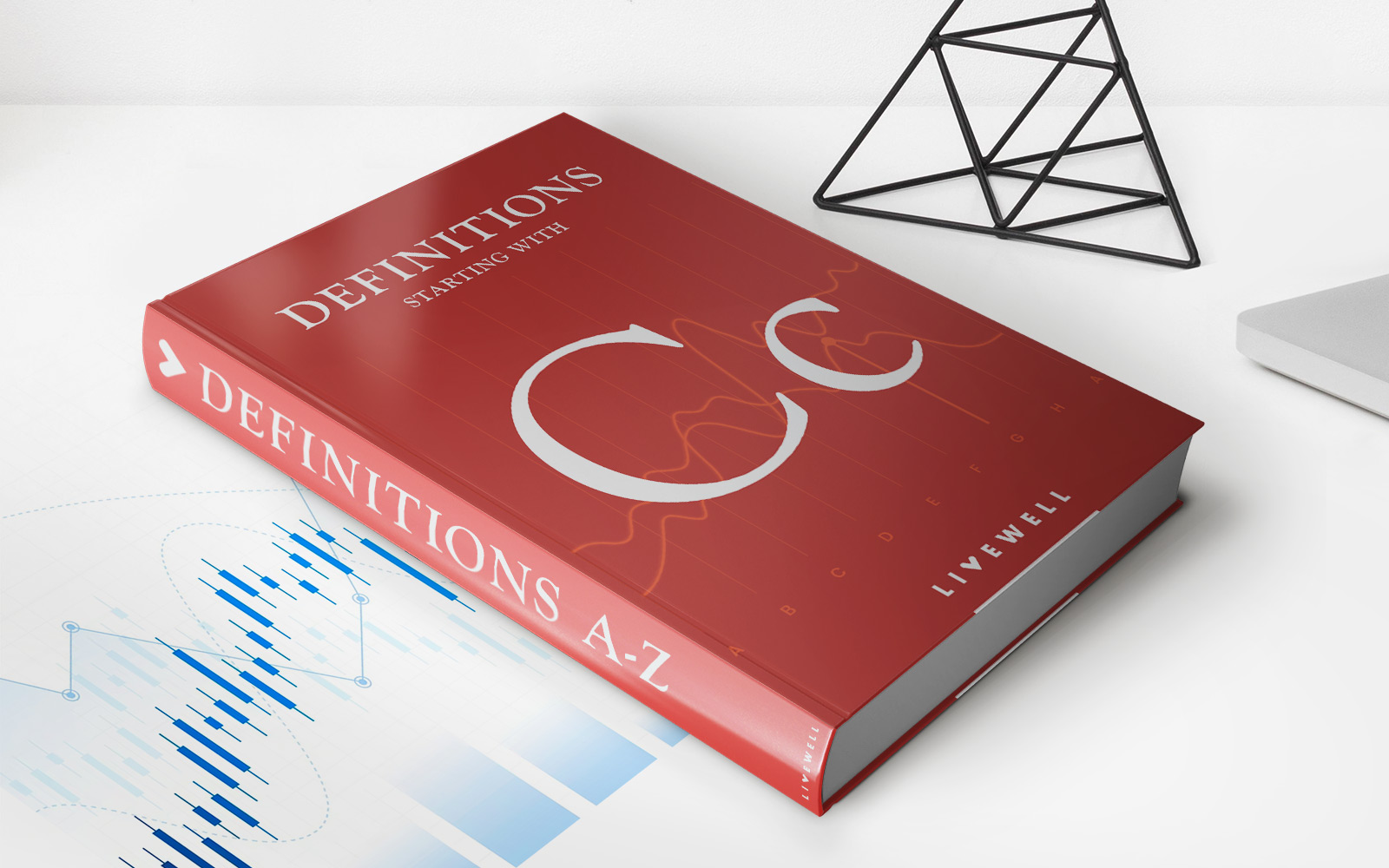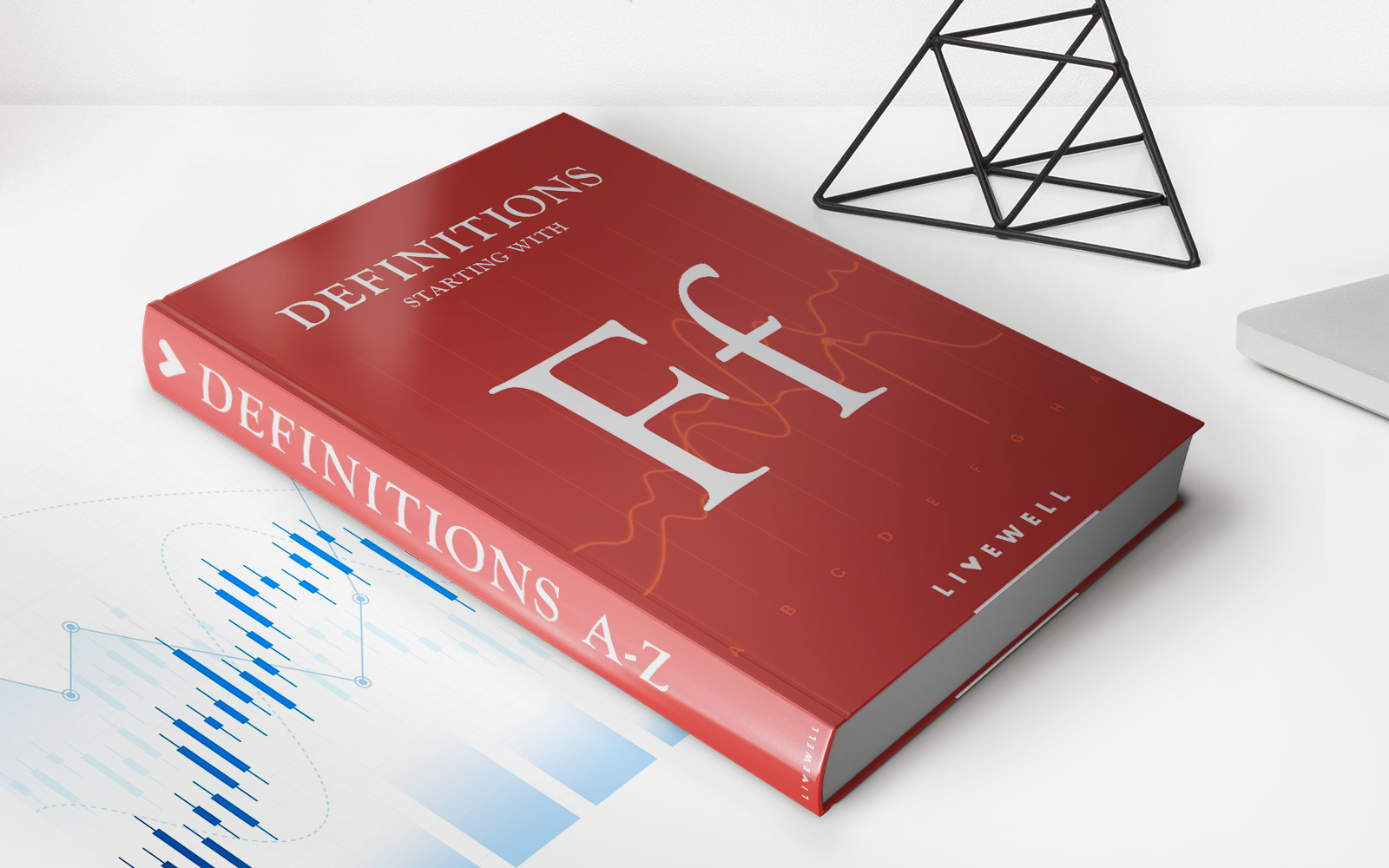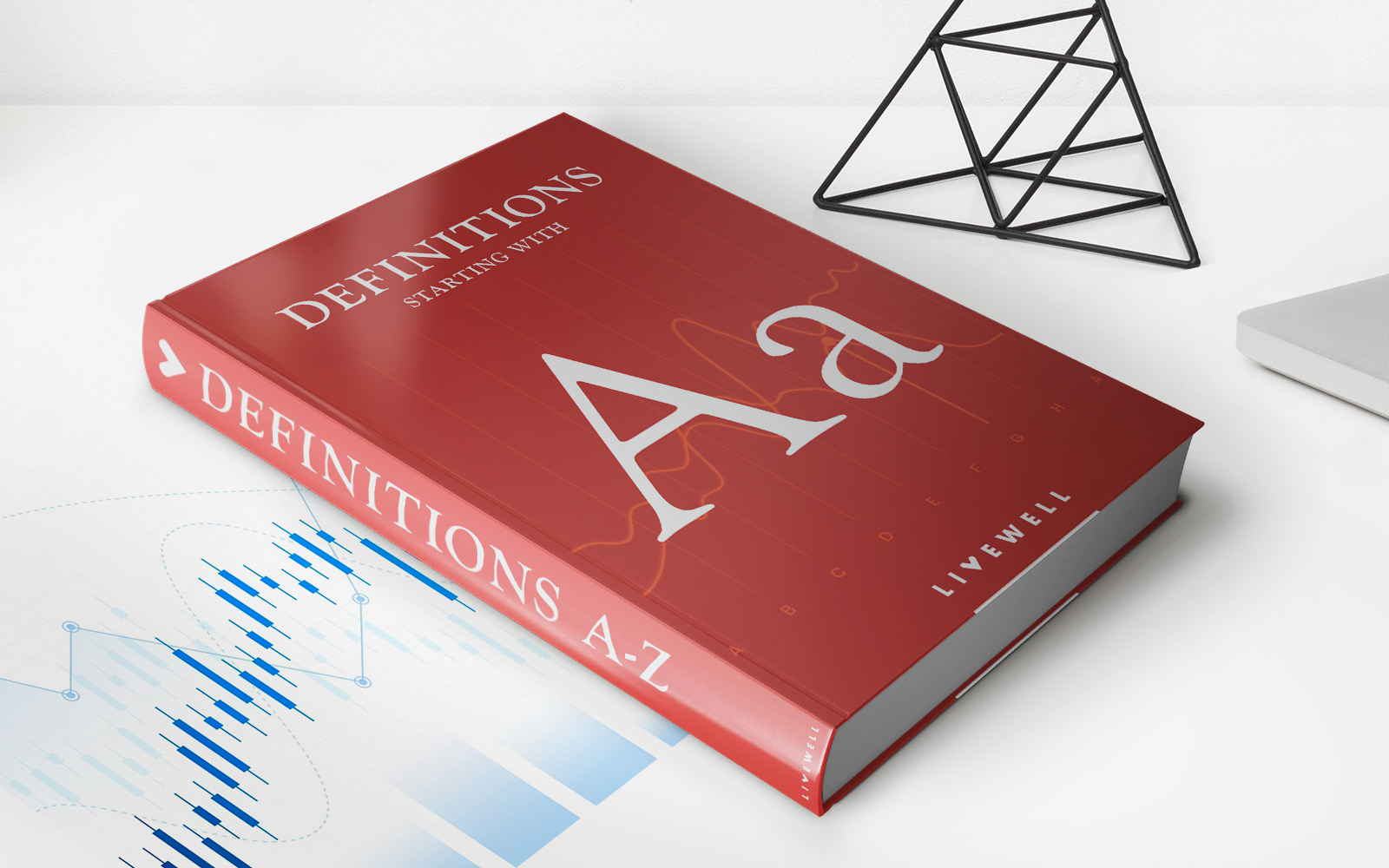Home>Finance>Annuity Method Of Depreciation: Definition And FormulaÂ
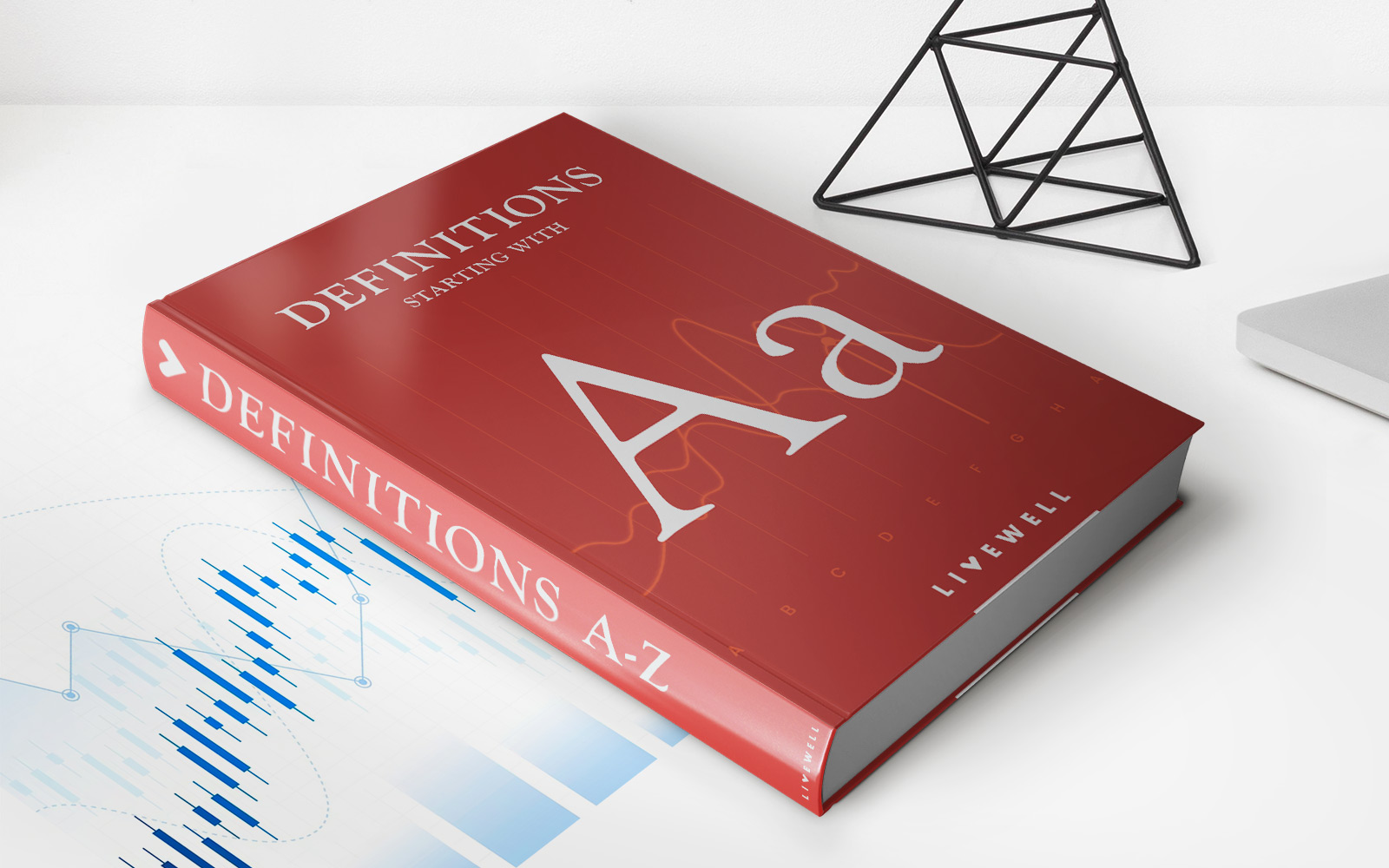

Finance
Annuity Method Of Depreciation: Definition And FormulaÂ
Published: October 7, 2023
Discover the Annuity Method of Depreciation in finance and learn its definition and formula. Enhance your understanding of depreciation with this comprehensive guide.
(Many of the links in this article redirect to a specific reviewed product. Your purchase of these products through affiliate links helps to generate commission for LiveWell, at no extra cost. Learn more)
The Annuity Method of Depreciation: Definition and Formula
Have you ever wondered how businesses calculate the depreciation of their assets over time? One common method used for this purpose is the annuity method of depreciation. In this blog post, we will explore the definition and formula of this method and how it can be applied in the world of finance.
Key Takeaways:
- The annuity method of depreciation is a way to allocate the cost of an asset over its useful life.
- This method assumes that the asset will generate a constant stream of revenue throughout its useful life.
So, what exactly is the annuity method of depreciation? In simple terms, it is a method used to evenly distribute the cost of an asset over its useful life, assuming that the asset will generate a constant stream of revenue during that period. This method is often used for assets that generate revenue over a long period of time, such as buildings or machinery.
The formula for calculating depreciation using the annuity method is:
Depreciation Expense = (Cost of Asset – Residual Value) / Useful Life
Let’s break down the formula:
- Cost of Asset: This is the total cost of the asset, including any additional expenses incurred during its acquisition.
- Residual Value: Also known as salvage value, this is the estimated value of the asset at the end of its useful life.
- Useful Life: This refers to the estimated period during which the asset is expected to generate revenue.
By subtracting the residual value from the cost of the asset, we determine the depreciable amount. This amount is then divided by the useful life of the asset to calculate the annual depreciation expense.
Let’s consider an example to illustrate how the annuity method of depreciation works. Imagine a company purchases new machinery for $100,000, which is expected to have a useful life of 10 years with no residual value. In this case, the annual depreciation expense would be:
Depreciation Expense = ($100,000 – $0) / 10 = $10,000 per year
By using the annuity method of depreciation, the company would allocate $10,000 to depreciation expense each year for the next 10 years, until the full cost of the machinery is accounted for.
Using this method provides businesses with a systematic way to spread the cost of an asset over its useful life. It allows for better financial planning and assists in determining the asset’s impact on profitability over time.
Overall, the annuity method of depreciation is an essential tool in the world of finance, allowing businesses to accurately allocate the costs of their assets over time. By understanding the formula and concept behind this method, businesses can make informed decisions regarding their investments and financial planning.
